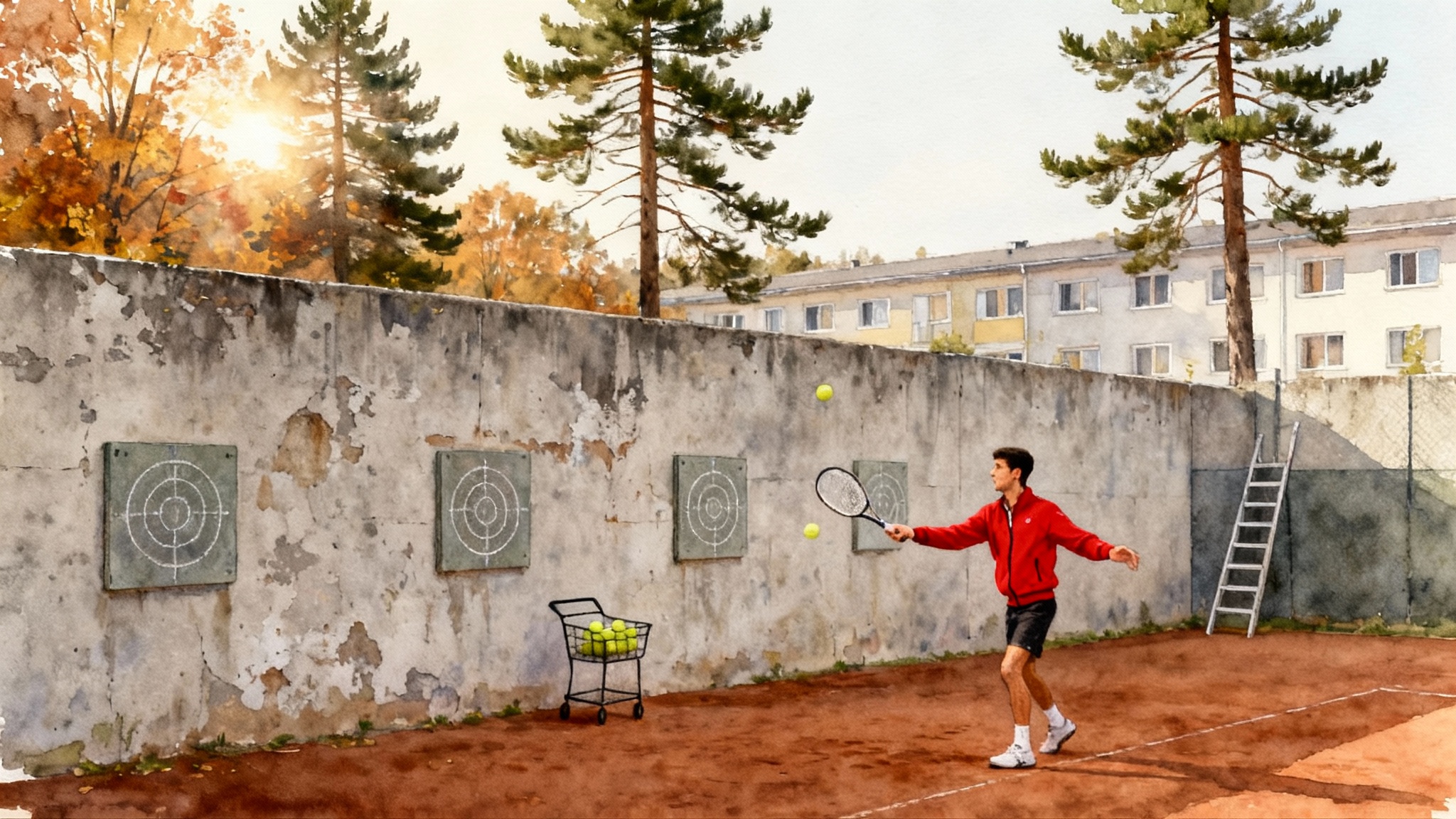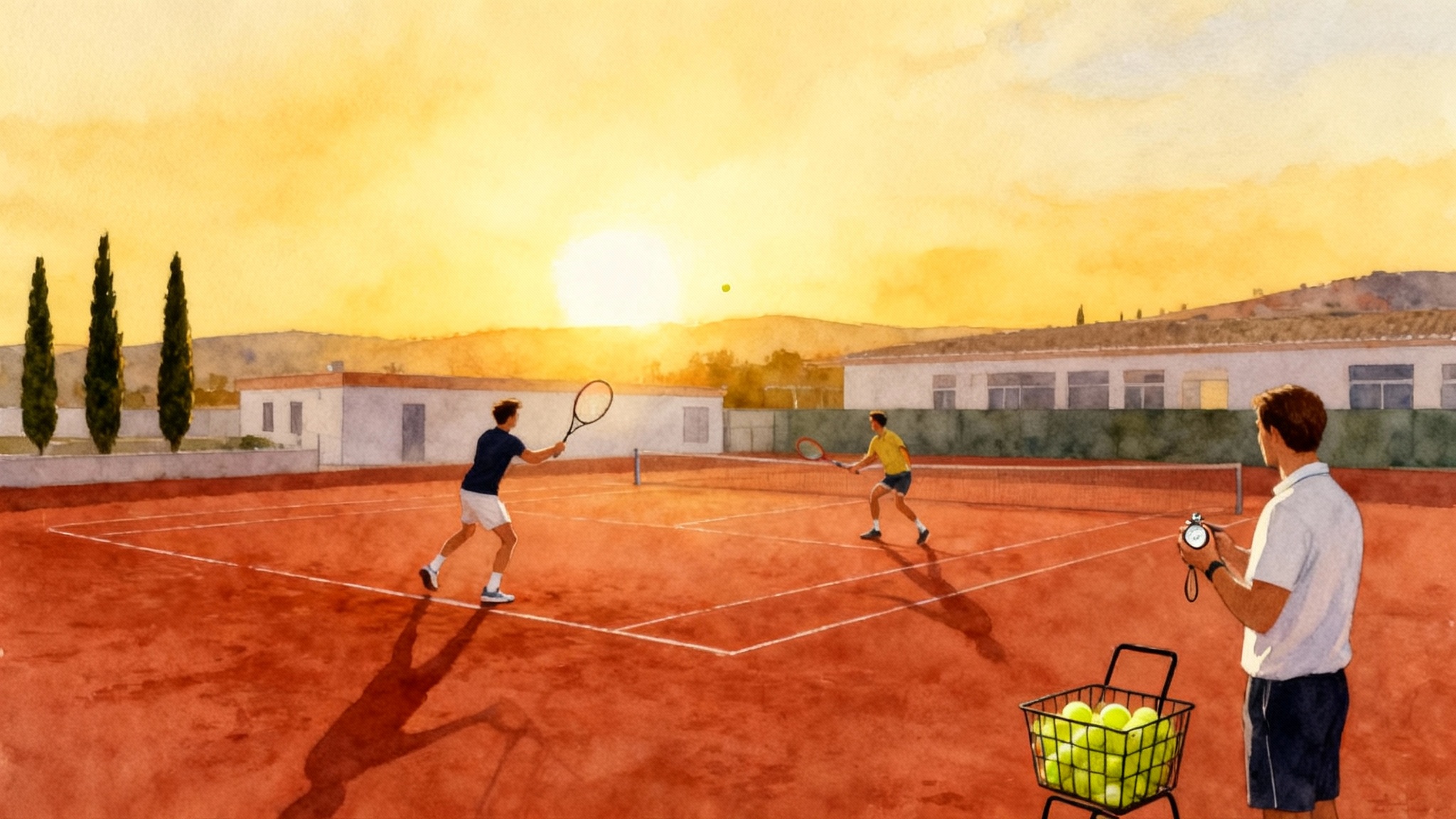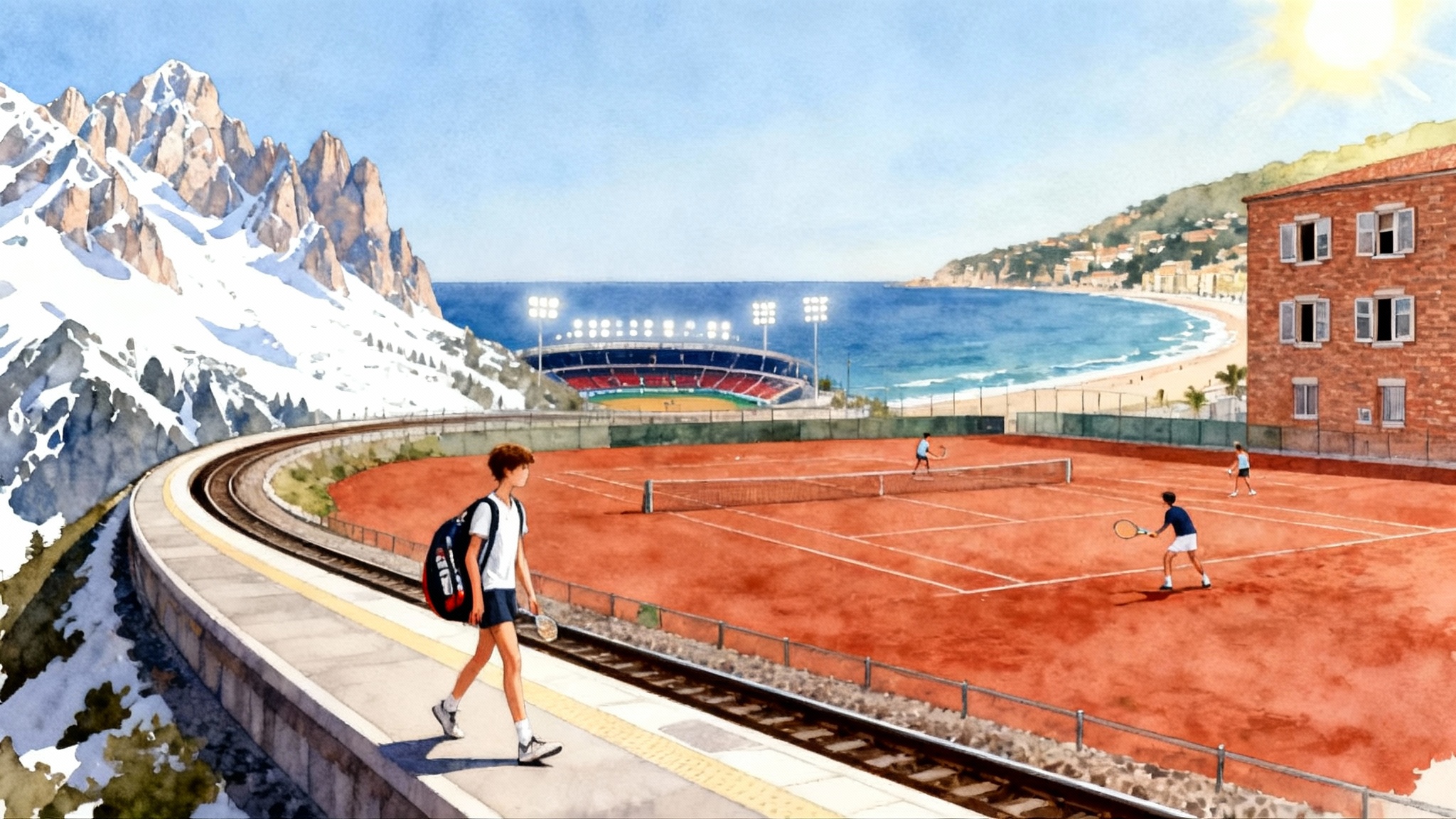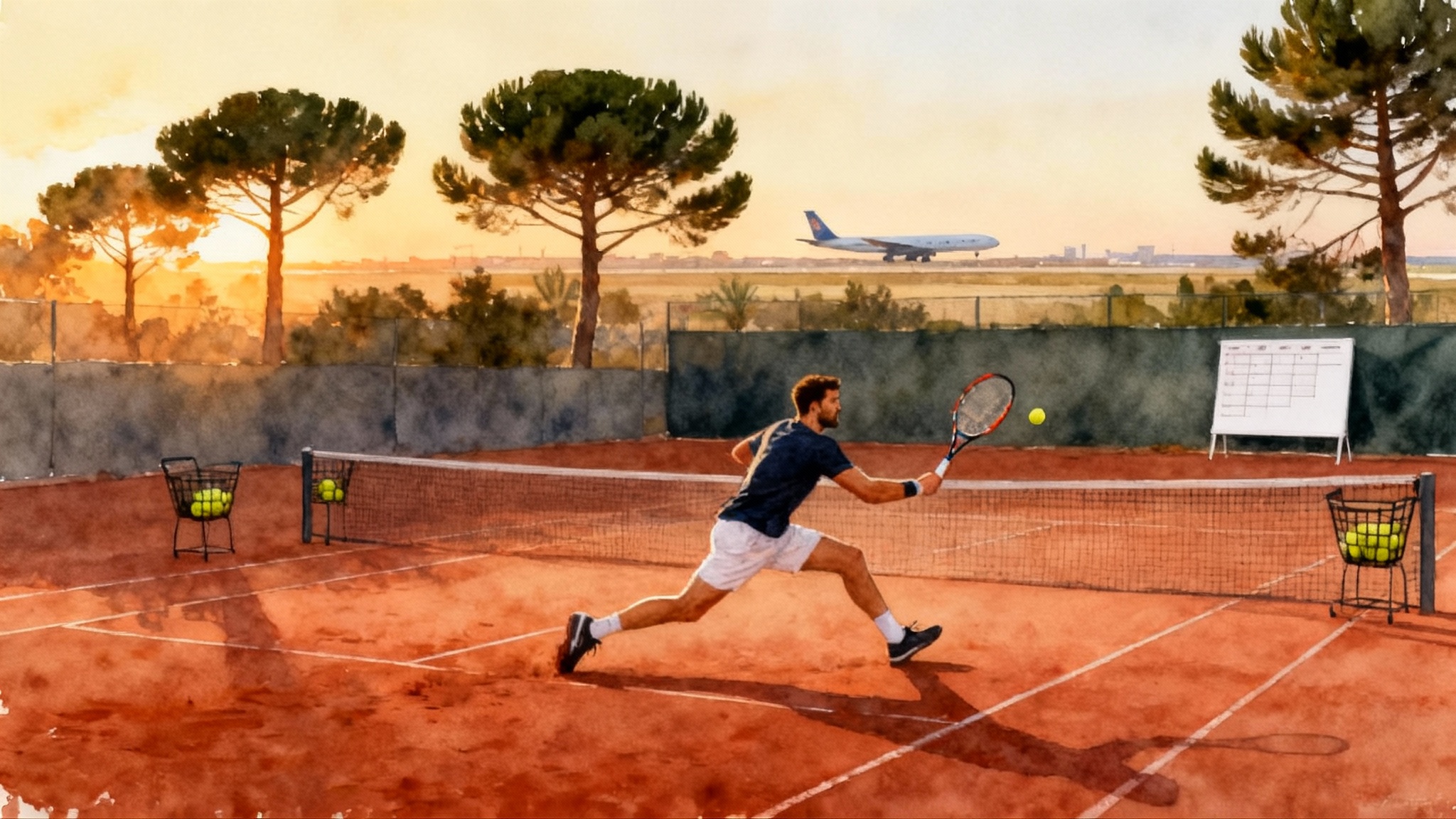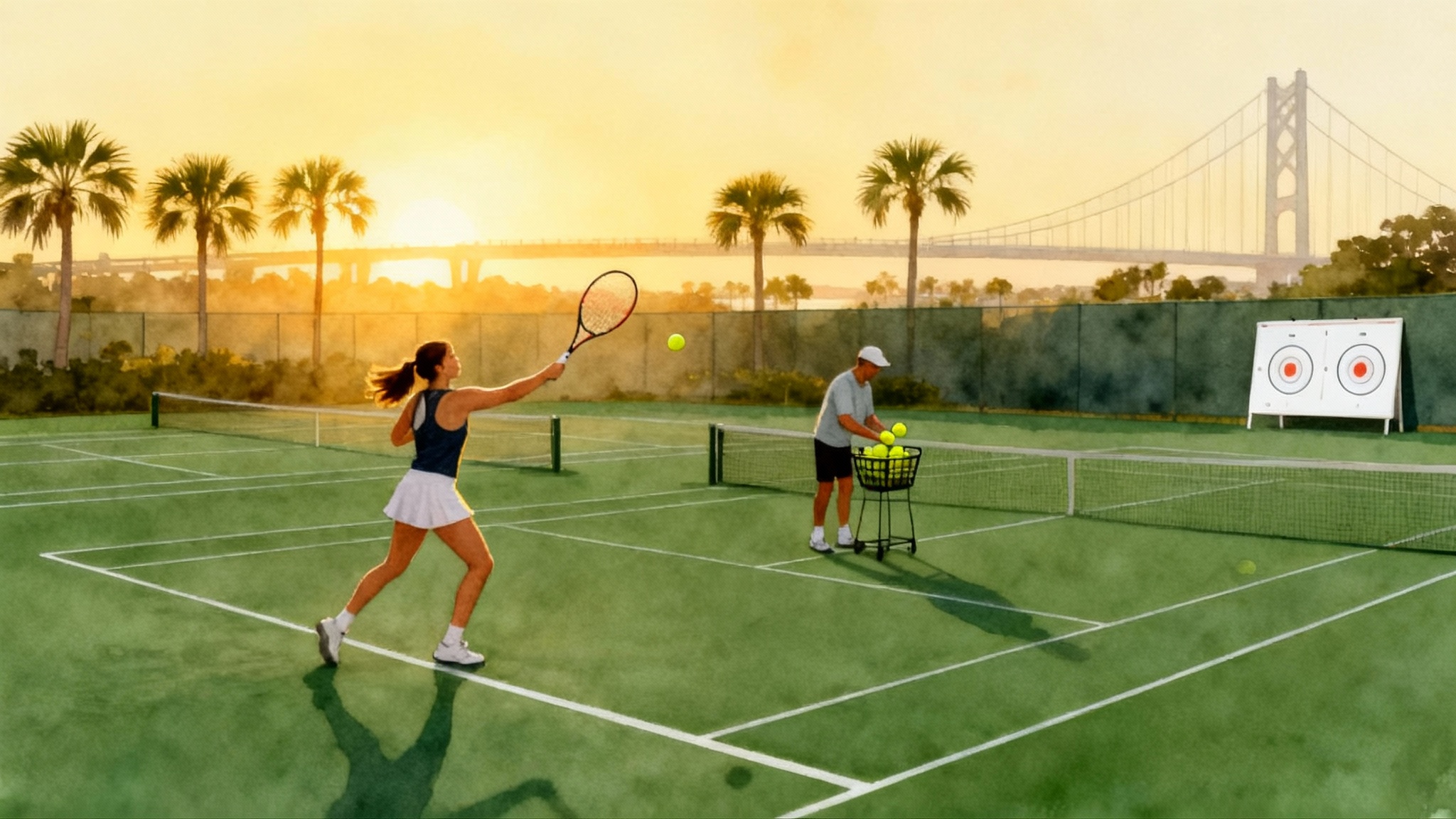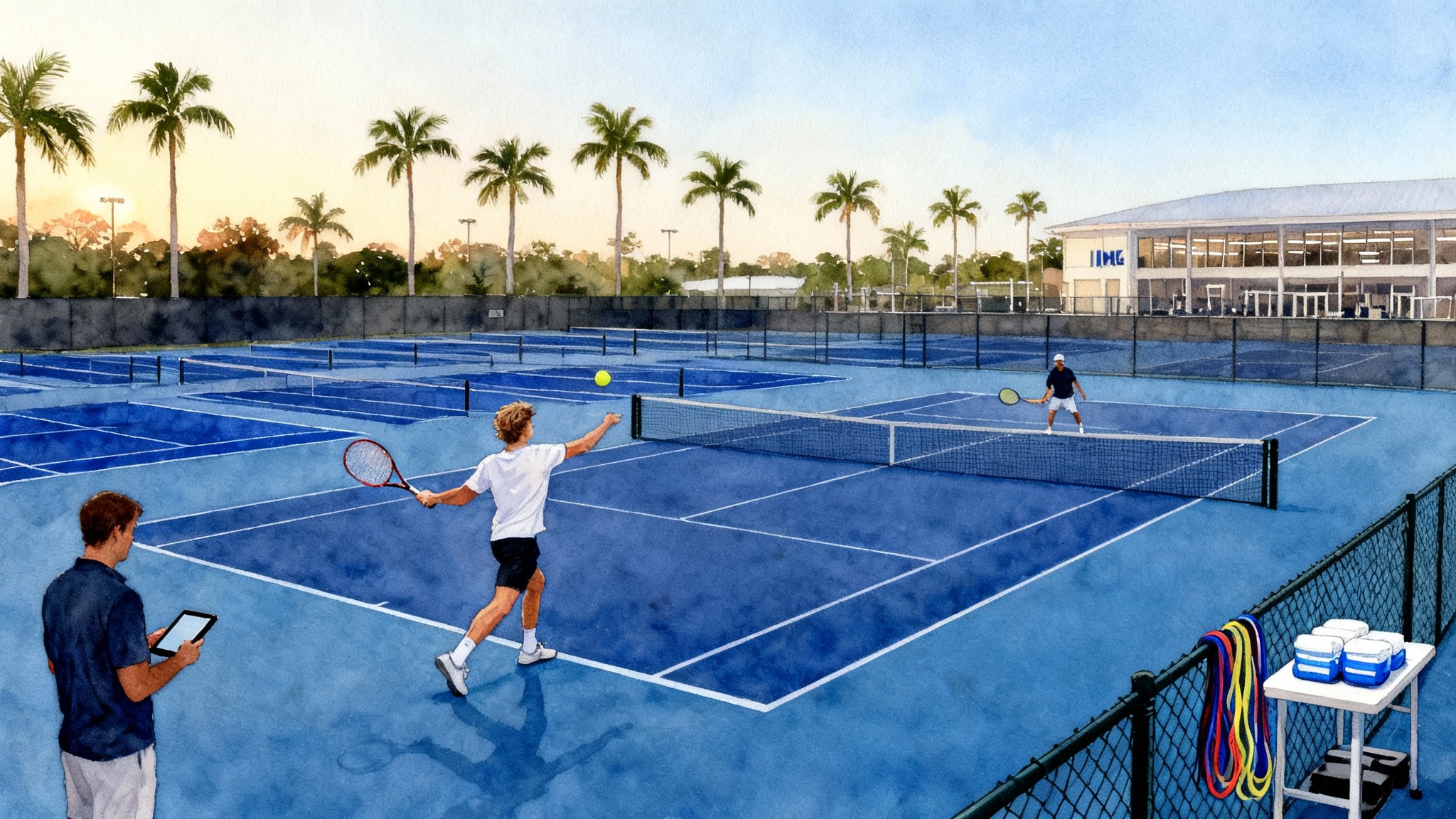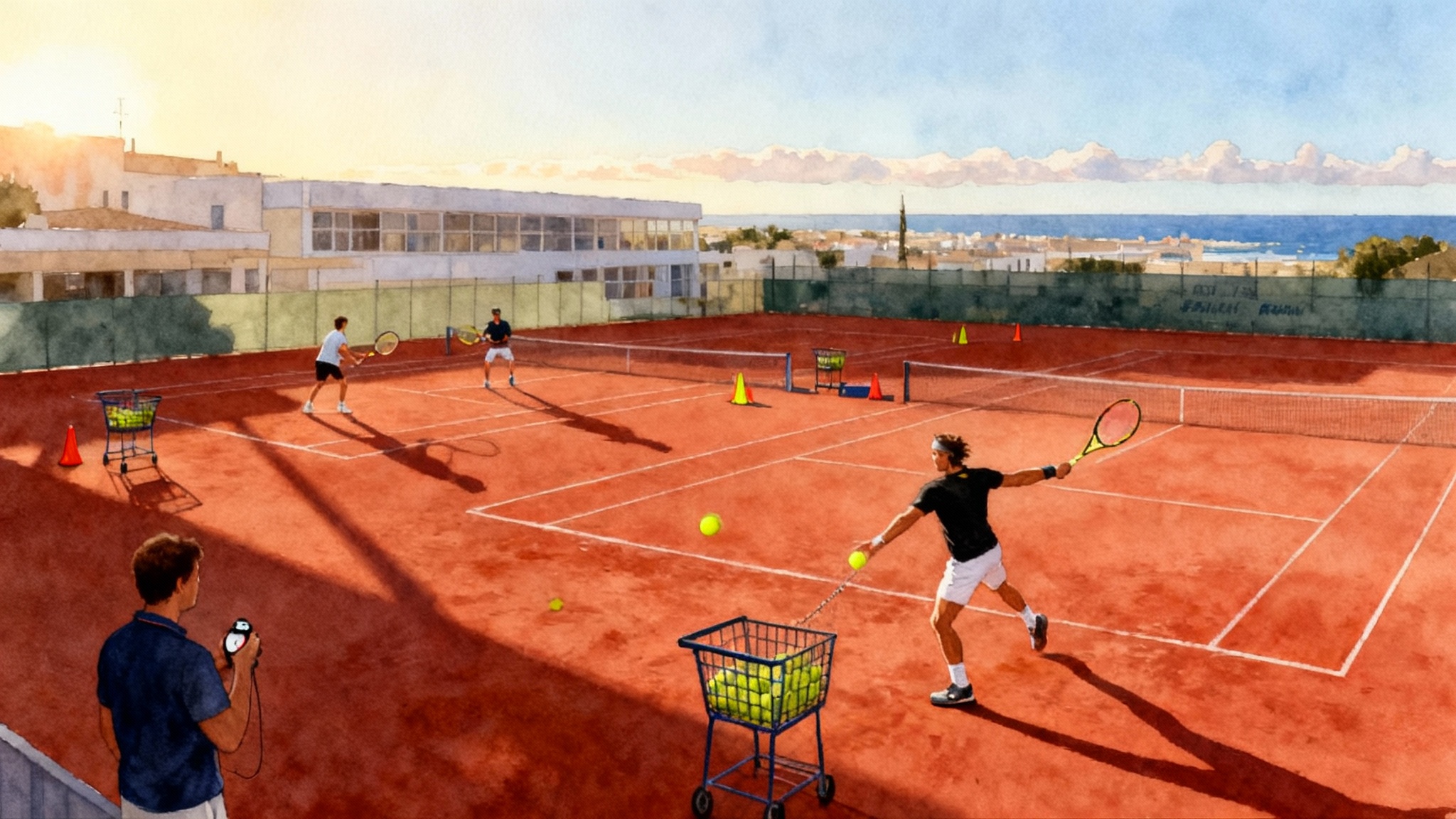Naomi Osaka’s Florida Path: ISP, Solomon and ProWorld to 2025
Naomi Osaka did not pick one academy. She moved from ISP with Patrick Tauma to a seven month reset at Harold Solomon in 2014, then ProWorld. Short stints, public courts, and serve plus forehand work powered her 2024 to 2025 comeback.
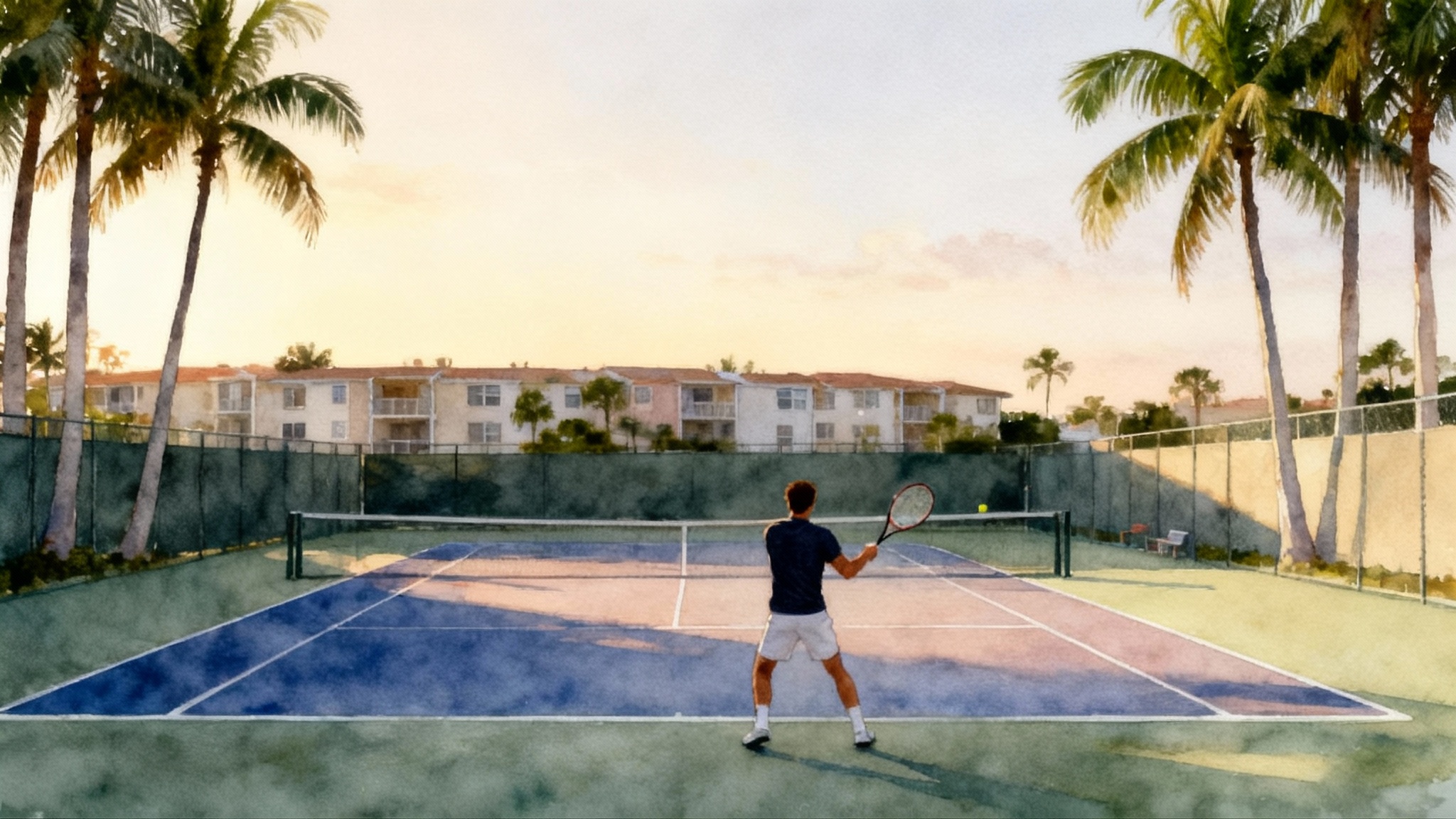
The Florida map behind a four‑major career
Great players rarely take a straight road. Naomi Osaka’s path through Florida looked more like a series of well chosen pit stops than a single destination. Public courts in Pembroke Pines built the habit. ISP Academy with Patrick Tauma lit the first professional spark. A seven month block at the Harold Solomon Tennis Institute in 2014 cleaned up the forehand and raised the training standard. ProWorld in Delray Beach added fitness load, serve patterns, and match management that helped her crack the top one hundred. The cumulative effect was a pro ready game that later carried her to four majors and, after maternity leave, a real resurgence in 2024 and 2025.
This is not a story about buying a golden ticket. It is a case study in timing short academy blocks, picking coach chemistry on purpose, and blending low cost public court work with targeted academy resources. We have seen similar block based development in other paths, including how JC Ferrero Equelite forged Alcaraz and Jannik Sinner’s playbook at Piatti.
Stop 1: ISP Academy with Patrick Tauma
At fifteen, Osaka entered her first clearly professional environment under coach Patrick Tauma at ISP Academy. The family had already chosen a different tournament path. Rather than chase junior trophies, she and her sister tested their games against adults in lower tier professional events. That choice was not a slogan. It changed what training looked like day to day. Fewer orange cone footwork circuits meant more live ball patterns that resemble a 25,000 dollar International Tennis Federation women’s event on a hot weekday. It meant practice sets started at 30 all and finished under scoreboard pressure.
If you are a parent mapping a similar phase, this is the key point. Moving to pro style training is not about a new zip code. It is about a new reference point. A junior rally that lasts twelve balls might feel like a win at a weekend event. A pro rally at the same length often still ends with a short ball that must be punished. Tauma’s sessions emphasized that difference. They moved her tempo forward and showed her how to create speed without losing control, especially on first strike forehands and first serves.
There is public reporting that Osaka and her family decided to skip most of the junior circuit and jump straight to the adult pathway, a strategy her early coaches discuss in detail. See this reporting on her early years and the decision to emphasize pro competition over junior rankings in an early coaches reflect on path feature. That single choice forced everything downstream to match.
Two practical lessons from the ISP phase:
- Pattern over drill. Serve plus one forehand to the open deuce corner was rehearsed until it felt like a natural first step, not a play call.
- Pressure in dosage. Osaka saw more short sets, tiebreak repeats, and specific score starts. The repetitions were framed like the matches she was already trying to win.
Stop 2: Harold Solomon Tennis Institute, 2014
In 2014 Osaka took a scholarship spot and moved into an apartment overlooking the courts at Harold Solomon’s institute in Fort Lauderdale. This seven month block was not about a complete rebuild. It was about precise adjustments and raising the standard every day. One detail from that period tells the story. Coaches asked Osaka to stand in front of a mirror before 8 a.m. practice and repeat the new forehand shape for thirty minutes. Mirrored reps before live reps. Fundamentals before velocity. Then everything went live at full speed.
Tom Downs, who coached at the institute, later described how the team approached that shot and how Osaka’s forehand evolved with targeted work. Read an insider view of the forehand reset in 2014 to see how a small mechanical change, applied with obsessive repetition, unlocked a weapon.
Why this mattered:
- The mirror work slowed time. Without a ball to chase, she could feel the racquet path, shoulder alignment, and contact height without panic. When she returned to live hitting, her nervous system already knew the shape.
- The standard rose. A scholarship spot in a serious program meant that every day’s work compared to the best sixteen and seventeen year olds on the grounds. That alone nudged intent and intensity up.
Results showed quickly. In August 2014 she qualified for Stanford and upset Samantha Stosur in her first main draw match. Whether or not you connect the dots from a mirror to a Monday upset, the timeline is a reminder. Short, intensely focused blocks can move a single shot from tendency to weapon in one season.
Stop 3: ProWorld Tennis Academy, Delray Beach
After the Solomon block, Osaka and her sister moved north to Delray Beach. At ProWorld she worked with a staff that leaned into fitness load, serve variety, and what coaches call game management. The first months were not about fancy drills. They were about repeatable decisions.
- Fitness load. To live at the pace of the Women’s Tennis Association main draw, the body needs to repeat accelerations in week two of an event, not just on day two of practice. Sessions stacked high intensity court work with trunk strength and recovery protocols. The idea was simple. If the legs do not fade, the racquet can keep up with the brain.
- Serve patterns. First serves went to more locations. Second serves traveled with more shoulder over shoulder action and less fear. The team rehearsed serve plus one patterns by score. At 30 love, go after wide and take space. At 30 all, pick a higher percentage target and hold formation.
- Game management. Osaka learned to play the score. A neutral rally at deuce is not the same as one at 15 love. Good coaching made that feel normal, not complicated.
By early 2016, Osaka had moved firmly into the top one hundred and began to spend time at the Evert facilities as her professional life accelerated. The ProWorld block had done its job. It prepared her body and decisions for tour life, not just for one standout week. For another Florida pathway, see how Champ’Seed shaped Coco Gauff.
Why skipping juniors worked for Osaka
Parents often ask if skipping the junior circuit is bold strategy or unnecessary risk. Osaka’s case shows the mechanism and the tradeoffs.
- Mechanism. By facing adult tempo early, she learned to win points with a two shot plan, not six safe balls. That matters for a player whose superpowers are serve speed and forehand acceleration. You learn to land the plane you are actually flying.
- Tradeoffs. She missed some of the confidence loops that big junior winners enjoy. That can cost seeding, wildcards, and early round comfort. Families that choose this road must build an in house confidence engine and choose events that offer momentum without reducing the level of challenge.
How to gauge if your player is ready to test the pro pathway earlier:
- The serve is a point starter and a point ender. If the first serve does not yet draw short returns, the adult circuit will punish second balls. Build the serve before you jump.
- The forehand creates time and space. If your player cannot move a defender off the singles sideline with pace to the open corner, patience with juniors will pay dividends.
- Fitness holds across two weeks. Track heart rate drop between points and quality of movement in third set practice. If quality plunges under fatigue, fix the engine first.
Inside Osaka’s 2024 to 2025 resurgence
After giving birth in 2023, Osaka returned to the tour in 2024 with a goal that sounded modest in words but ambitious in reality. She wanted to play a full schedule, restore her physical base, and rebuild match trust. Early results were uneven, which is normal after a long break, but specific markers improved month by month. Serve speeds stabilized. First serve points won crept back above sixty five percent in hard court stretches. Rally tolerance at six and eight balls returned without her losing the trigger to attack short. By mid 2025, deep runs in North America and a surge in New York confirmed that the base was back.
What carried over from Florida is not just nostalgia. It is a development logic that still works when careers are retooled in the late twenties. If you know how to run a focused two month block to upgrade one weapon, you always have a way forward after layoffs or form dips. That focuses a comeback and keeps it from drifting into a calendar of hope.
How to use Osaka’s blueprint without copying her life
Here are specific ways parents can translate the Florida path into a practical plan.
1) Time short academy blocks on purpose
- When to go. Choose academy blocks when you have a defined upgrade goal, not when you feel stuck in general. Good timing windows are late summer after nationals, late fall before indoor circuits, or the early spring shoulder before clay.
- How long. Six to ten weeks is long enough to change a stroke or add a pattern, short enough to protect the home routine and the budget. If an academy insists nothing meaningful can happen inside two months, ask to see their build plan and progress metrics.
- What to track. Use three weekly measures: first serve percentage by target, unforced errors to end the rally on forehands inside the baseline, and a timed fitness test like a 300 yard shuttle. If nothing changes by week four, adjust the plan.
2) Fit the coach, not the brand
- Tryouts with intent. Pay for a two day trial with clear objectives. Day one should include a full technical assessment with video. Day two should simulate a match block with third set start conditions. Ask the coach to write a two page plan with three technical keys, two tactical patterns, and one fitness priority.
- Chemistry is a skill match. Osaka thrived at places where coaches could translate her raw pace into patterns. Your player might need a builder of defensive skills or a serve technician. Vet the coach by asking for before and after clips of a player like yours, not a list of famous alumni.
- Align on feedback style. Some players accept direct prompts. Others need quiet during points and only short adjustments at the fence. Watch how the coach adjusts when fatigue shows up.
3) Blend public court training with academy resources
- Keep the home gym. The Osakas built large portions of their base on public courts with a simple ball cart and homemade drills. Copy the principle. Use the academy to set the plan and correct technique. Use public courts to get the reps and keep costs sane.
- Build a weekly sandwich. Put the heavy technical day at the academy on Monday. Add two public court sessions midweek to groove the changes. Return Friday for a match play day and an honest audit.
- Rent sparring instead of always paying for privates. Many academies can arrange hitters at a fraction of a private lesson rate. Spend the savings on periodic video analysis.
4) Aim your block at the serve and forehand
- Why these two. In modern women’s tennis, the serve opens time and the forehand converts it. Osaka’s surge as a teenager and again in 2025 grew from reliable first serves and a forehand that could hit the outside corner through the court.
- Sample two week microcycle. Week one: three serve sessions that each include 60 first serves by target, 30 second serves with spin focus, then 20 serve plus one patterns crosscourt and down the line. Two forehand shape sessions using mirror then live structure. Two fitness days with short hills and trunk rotation. Week two: keep serve volume, raise forehand intensity with live returns and plus one under score, play two practice sets starting at 2 all.
- Proof of progress. In match play, the first serve should produce at least one forced error or short ball per game. The plus one forehand should either win the point outright or force a defensive reply you can finish without fear.
If you are not in Florida
The point is not that Florida is magic. Florida gives density. Short travel between strong academies lets families change environments without changing a life. If you live elsewhere, create your own density by stringing together two local coaches with complementary strengths and a monthly drive to a regional hub for match days. Ask the head coach to co write your plan with the regional pro. You are not searching for a single savior. You are building a small, aligned network.
What the Florida stops added up to
- ISP with Tauma gave Osaka a pro mirror. Training stopped mimicking junior rallies and started to look like a weekday on the Women’s Tennis Association calendar.
- The Harold Solomon block turned a heavy forehand into a repeatable strike. The mirror trick is a model any family can copy at home with a phone and a stable camera angle.
- ProWorld taught her body and brain to hold shape across long weeks and complicated scorelines. The headlines that came later were built on the quiet, repeatable work that happened there.
A smart finish
Naomi Osaka’s story gives families two freedoms. First, you do not need to lock into one academy to reach the top of the sport. Second, you do need to lock into a process. Pick short blocks with a clear upgrade target. Demand a written plan. Measure the right things. Use public courts to turn good coaching into great volume. If you do that well, location becomes a tool, not an identity, and your player’s next leap becomes a matter of timing rather than hope.

